DSP chip
What’s DSP Chip
A Digital Signal Processor (DSP) chip is a specialized type of microprocessor designed specifically for processing digital signals in real time. These signals could be audio, video, sensor data, or any form of data that has been digitized. DSP chips are optimized for the high-speed mathematical calculations needed for signal processing tasks.
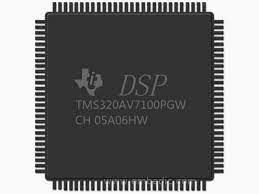
Principle of DSP chip
Digitizing Real-World Signals
A DSP typically starts its process by converting analog signals (like sound, temperature readings, or video images) into digital form. This is achieved using Analog-to-Digital Converters (ADCs).
Mathematical Manipulation
Once the signal is in digital form, the DSP performs high-speed mathematical operations on this data. These operations can include filtering, analyzing, compressing, and enhancing the signal. DSPs are optimized to execute common mathematical functions, such as addition, subtraction, multiplication, and division, at high speeds. They are especially adept at handling complex operations like Fast Fourier Transforms (FFT), convolutions, and correlation functions.
Output Generation
After processing, the digital data may be used as-is (for example, in digital form for storage or further digital processing), or it may be converted back into analog form using a Digital-to-Analog Converter (DAC) for playback (like in speakers) or display (in the case of video).
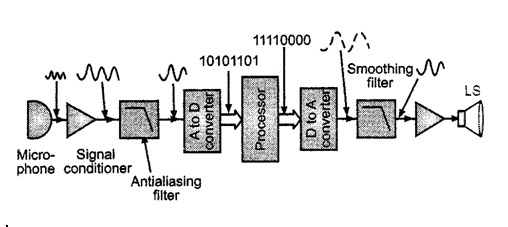
Kinds of DSP chip
DSP chip can be classified into different groups from different aspects:
Fixed-Point DSPs
- Perform calculations using fixed-point arithmetic.
- More power-efficient and cost-effective than floating-point DSPs, but with less precision.
- Commonly used in consumer electronics, automotive applications, and mobile devices.
Floating-Point DSPs
- Use floating-point arithmetic for calculations.
- Suitable for applications requiring high precision and a wide dynamic range, such as high-end audio processing and scientific calculations.
Multicore DSPs
- Feature multiple processing cores in a single chip.
- Capable of handling more complex tasks or multiple tasks simultaneously.
- Used in high-performance applications like advanced wireless communication, radar, and medical imaging systems.
Embedded DSPs
- Integrated into larger systems to perform dedicated signal processing tasks.
- Often combined with other functionalities like microcontrollers for control-oriented tasks.
Guidelines of DSP chip
Digital signal processors are available with multiple DMA channels and a variety of I/O ports and interfaces. Some devices also feature an external memory interface that determines the amount of memory a chip can handle.
Architectures
- Von Neumann Architecture.
- Harvard Architecture.
- Super Harvard Architecture.
Interfaces
Parallel interfaces
- Universal asynchronous receiver transmitter (UART)
- Universal synchronous asynchronous receiver transmitter (UART) technology
Serial interfaces
- Peripheral component interconnect (PCI)
- Universal serial bus (USB)
- Enhanced synchronous serial interface (ESSI)
- Serial communications interface (SCI)
Package of DSP chip
- Ball grid array (BGA)
- Quad flat package (QFP)
- Single in-line package (SIP)
- Dual in-line package (DIP)
Tips in DSP Chip Selection
Selecting the right Inductors for a specific application is crucial for the proper functioning and reliability of an electronic circuit.
Processing Power and Speed
Determine the processing requirements of your application. Look at the DSP’s clock speed, MIPS (Million Instructions Per Second), and the efficiency of its architecture.
Precision Requirements
Choose between fixed-point and floating-point DSPs based on the precision needed for your application. Floating-point DSPs offer higher precision and are suitable for complex algorithms, while fixed-point DSPs are more power-efficient and cost-effective for less demanding applications.
Memory Requirements
Assess the memory needs of your application, both in terms of RAM and flash memory. Consider the DSP’s internal memory and its support for external memory.
Peripheral and Interface Support
Look at the available peripherals and interfaces on the DSP chip, such as ADCs, DACs, serial ports, and I/O pins. Ensure they match the requirements of your application.
Authorized Chips Suppliers
NXP Semiconductors
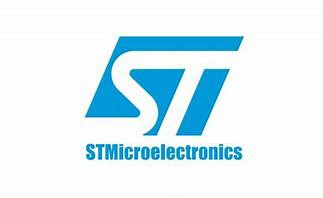
STMicroelectronics
Provides DSPs and microcontrollers that are widely used in automotive, industrial, and consumer applications.

Infineon Technologies
Infineon is known for a wide range of semiconductor products, including microcontrollers, sensors, power management ICs, and automotive electronics.
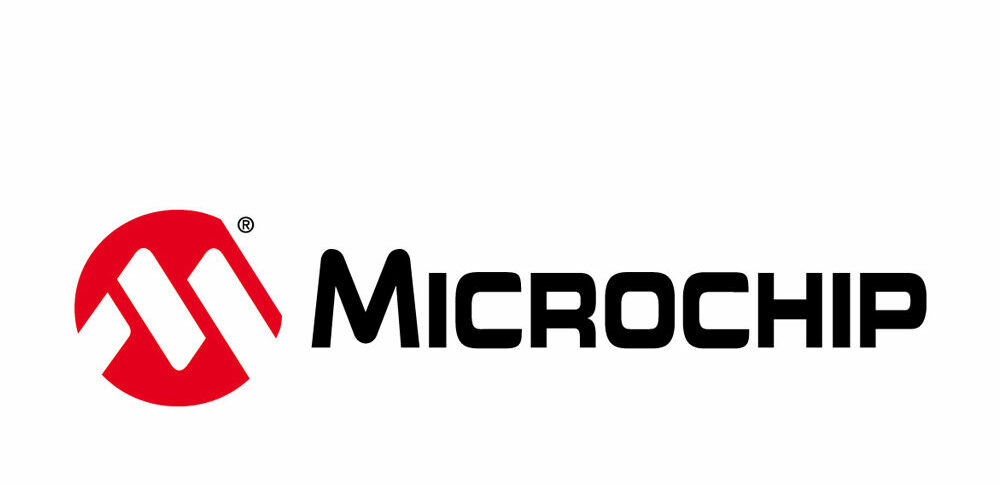
Microchip Technology
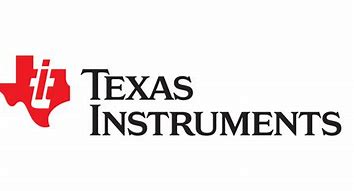
Texas Instruments
ON Semiconductor
ON Semiconductor provides a broad spectrum of energy-efficient semiconductors, including power management ICs, logic, and custom devices. They offer products that support signal processing applications, particularly in power management and automotive contexts, though they are not primarily known for DSPs.
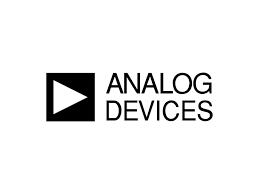
Analog Devices

Cirrus Logic
Cirrus Logic specializes in audio and voice ICs, and they produce products with DSP capabilities, especially for audio processing. They are well-known for audio codecs and audio DSPs that are widely used in consumer electronics, particularly in applications requiring high-quality audio signal processing.
ROHM Semiconductor
ROHM manufactures a variety of electronic components, including ICs, transistors, and diodes. While their focus isn’t directly on DSP chips, they produce components that support signal processing applications, such as audio ICs and sensor interface ICs.
Highleap Electronic’s Advantages

Short procurement lead time
We can offer a quotation for you within 24 hours if you have prepared a comprehensive BOM list and correct PCB files. We have inventory support from our stable suppliers so that we can arrange the components within 3-5 days if they are in stock.

Cost-effective
We have years’ experience in PCB assembly and build a stable cooperative relationship with reliable component suppliers so that we can get the components at low costs. Price advantage can help you to lower the production cost.

supply chain management
We operate strict quality control standards and full supply chain management to make sure all the components are with the best quality and optimal price. We promise that all the components are subject to thorough incoming inspection and continuous testing during the entire production, and the procurement process is fully traceable.
Take a Quick Quote
Explore Highleap Electronic components sourcing Services.
